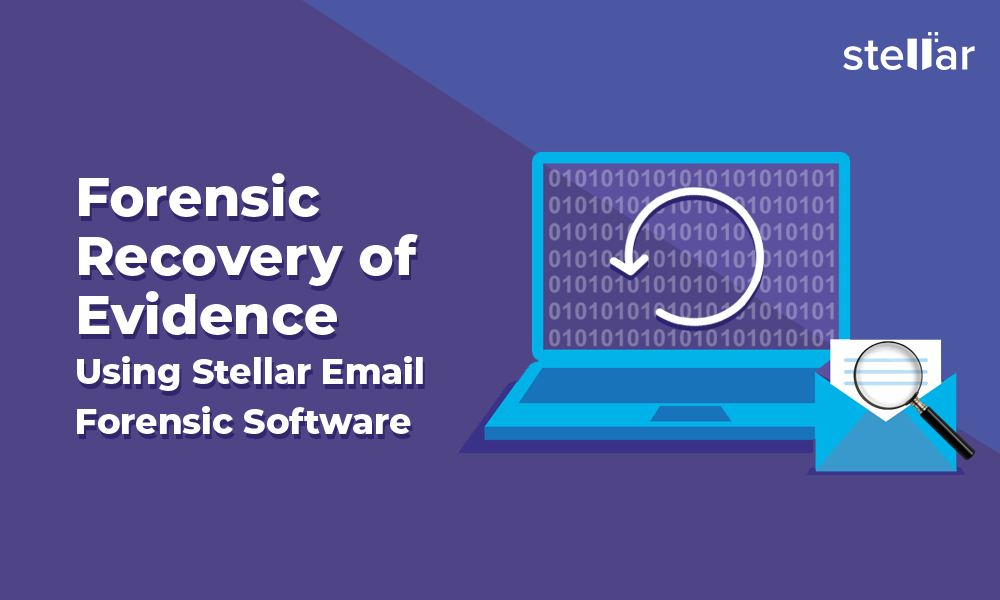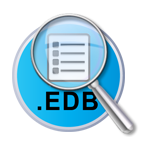
Free email forensic tools software#
With software involved in so many aspects of our daily lives-including computers at work and home, smartphones we carry around all day long, wearables, activity trackers, and smartwatches-it’s not surprising that digital forensics tools have become so popular over recent years. The process results in a step-by-step account of an event, such as unauthorized access to files or tampering with executable code. This data is then compared to other evidence and analyzed for discrepancies to find out what happened at a given time on a device. While most people associate computer forensics with law enforcement, they are also used by network administrators, IT professionals, and other individuals who may come across a computer system or device in a state of compromise.Ĭomputer forensic investigators gather evidence from systems logged into an investigation case. Thus understanding how each piece fits together-and its relevance within a given investigation-is essential for successfully reconstructing each event.Īlso read: Cybersecurity Awareness for Employees: Best Practices What are Digital Forensics Tools?Ĭomputer forensics tools are computer applications used to investigate digital devices and reconstruct events. Depending on how you use your computer and which applications you have installed, there are likely many pieces of information related to every action taken on your system. Whether your company’s enterprise network has been compromised by an outsider or you suspect employees may be stealing intellectual property for personal gain, digital forensics can help you get to the bottom of it. It provides a vital link between today’s high-tech crimes and criminal investigations. The goal of digital forensics is to discover, recover and document electronically stored information (ESI) from computers, cell phones, storage devices, and networks for legal purposes. Forensic results are used to determine if an illegal activity has occurred or confirm whether or not events took place as expected. It uses established forensic procedures and protocols to extract, preserve, analyze, and document computer-related data. Top 7 Digital Forensics Tools and Softwareĭigital forensics is a branch of forensic science involving data recovery and analysis techniques in order to aid security investigations.

If you found the blog to be helpful, do share it with all your friends especially the ones in the IT departments or who hold managerial positions. Capable of acquiring email from corrupt mailboxes as wellĪn exhaustive forensic analysis of several thousands of emails can help nab the culprits and even save the innocent, thereby saving their careers from going in the dark.Highly compliant with regulatory authorities.Email analysis of both webmail and desktop email services.Provides a view of has values such as SHA1, MD5, SHA256, etc.

Free email forensic tools pro#
Pricing – US$ 599 (At the time of writing this blog you can get the software for US$ 499) Other Great Email Forensic Software Systools Mail Pro + – Email Forensics Examples include – reports of evidence summary, search report, and investigation reports. An ideal email forensic tool will also facilitate creating appropriate reports and investigation reports that can be presented in an organized fashion. In that case, only extracting emails or certain data won’t suffice. Reports Admissible In The Court Of Law:Ĭertain investigations require that the complete forensic email analysis be presented before the court of law.

You will be able to scrutinize email logs for evidence in a hassle-free manner. If you conduct forensic email analysis using an efficient email forensic tool, you will be able to recover all deleted emails from all popular mailboxes. And, it goes without saying, every single email counts in a criminal case. Subjects and suspects to be investigated in a crime often try to wipe evidence by deleting emails, sometimes completely from the server. Should Be Able To Recover Deleted Emails: You, therefore, need an email investigation tool that can support all popular email file formats. So, it won’t make any sense if you have to employ different email forensic tools for every email client. Some of these even use the MBOX format for mailbox files. Examples include Gmail, Microsoft Outlook, Office 365, Thunderbird, and many others. Several different popular email clients are used by companies across the globe. Multiple File Formats Should Be Supported:



 0 kommentar(er)
0 kommentar(er)
